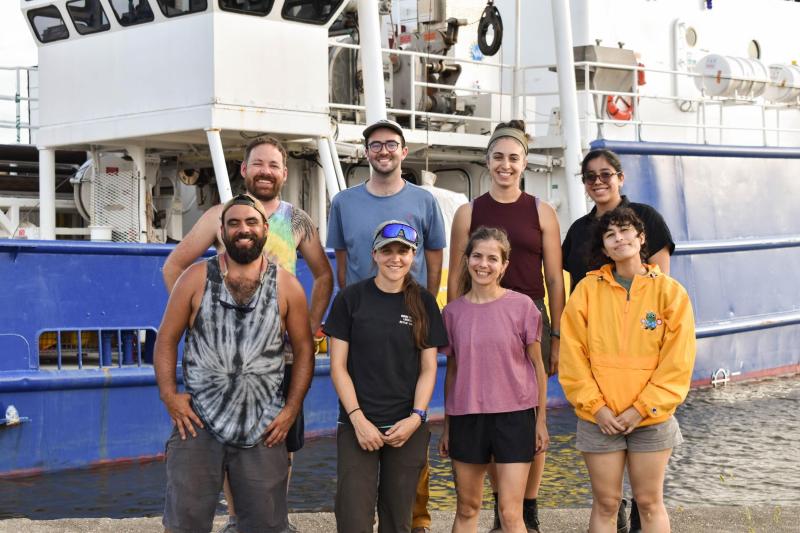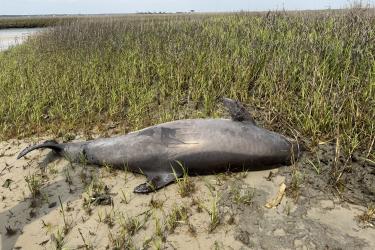Over the next month, the R/V Pelican will transit around the Gulf of Mexico to visit 18 study sites in the deep ocean waters of the U.S. and Mexico. During this time, scientists on board will recover 14 moored underwater listening devices that were deployed last summer to record ocean sounds. The team will then reset the instruments to record for another year and deploy them at some of the same sites. They will also deploy some at new sites. These data contribute to our understanding of how cetaceans (dolphins and whales) and noise vary over time and space in the Gulf of Mexico.
The R/V Pelican left Cocodrie, Louisiana on August 20 to begin the second of 5 years of data collection throughout the highly industrialized Gulf of Mexico. This research expedition supports several collaborative projects to increase our understanding of:
- Where and when cetaceans occur throughout the Gulf and how and why that is changing over time
- How noise-producing human activities affect the Gulf soundscape and cetaceans
- How we can use opportunistic sound sources to characterize the inner structure of the ocean, for example, deep Loop Current features
These projects and associated research expeditions also serve as a training opportunity to support the next generation of scientists. Scientists and students have just begun the 2021 research expedition on the R/V Pelican. The students are sharing their adventures in a blog as they travel the high seas learning how to service the acoustic moorings and collect visual and acoustic data.
Follow us on the trip through our blog.
Studying the Effects of Deepwater Horizon
In 2010, the Deepwater Horizon oil spill had substantial impacts on the Gulf of Mexico ecosystem, marine life, and Gulf coast residents and visitors. At least 20 species of cetaceans live in these oceanic waters, including endangered Rice’s whales, endangered sperm whales, dwarf and pygmy sperm whales, several species of beaked whales, and numerous species of dolphins.
The oil spill affected many of these species. The current research projects provide data needed to understand if the species are recovering from oil spill effects. They also support the development of restoration projects, such as reducing impacts of human-produced noise, to accelerate affected cetaceans’ recovery.
Partners
These projects bring together an international team of scientists from:
- NOAA’s Southeast Fisheries Science Center and National Centers for Environmental Information
- Scripps Institution of Oceanography at University of California San Diego
- University of Miami’s Cooperative Institute for Marine and Atmospheric Studies
- University Corporation for Atmospheric Research’s Cooperative Programs for the Advancement of Earth System Science
- Universidad Veracruzana
- Universidad Nacional Autonoma de Mexico
Funding of these projects and field work is provided by:





